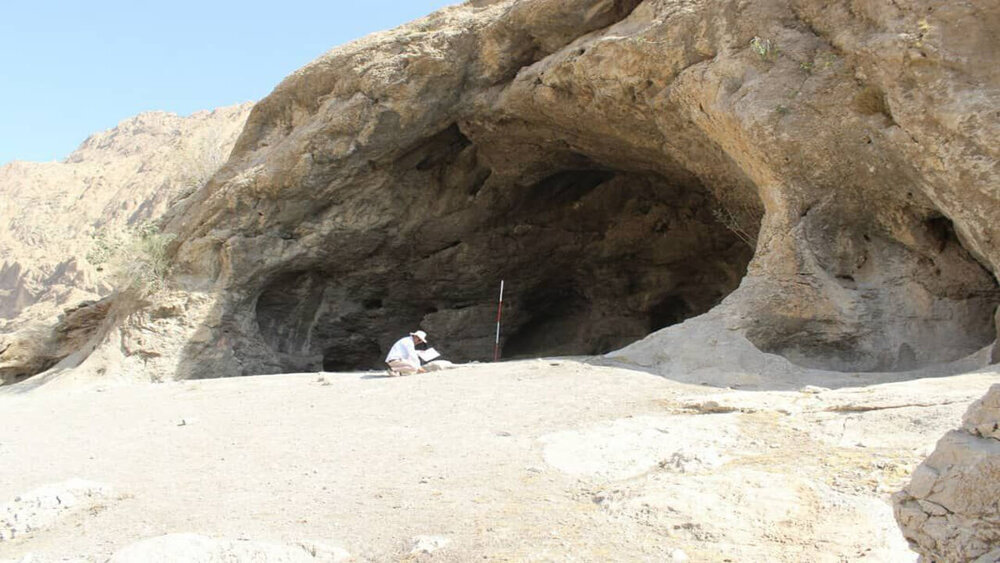260 ancient relics, sites identified in southern Marvdasht plain

TEHRAN – A total of 260 ancient relics and sites of historical value have been identified during an archaeological survey, which recently came to an end across Marvdasht plain in southern Iran.
It was the third archaeological season conducted by experts affiliated with the UNESCO-registered Persepolis aimed to develop a comprehensive archeological map of Parseh region and Marvdasht plain.
“260 ancient relics and sites have been identified during the third archaeological season for demarcation, mapping, and documentation of Marvdasht plain, which probed an area covering over 85,000,” Hamid Fadaei, director of the World Heritage site, announced on Monday.
Rock-carvings, caves, shelters, and human remains, dating to a wide span of time, were amongst the recent archaeological findings, he noted.
The survey, supervised by Iranian archaeologist Vahid Barani, also demarcated the third boundary layer over the UNESCO-tagged Persepolis and Marvdasht plain, which was once the seat of power the Achaemenid Persian Empire (c. 550 – 330 BC).
Chronology of ancient settlements and amassing data on so-far unearthed relics (potteries, stone tools,...) are amongst other missions of the survey aimed to develop a data bank of the World Heritage, Fadaei explained.
The ancient region, known as Pars (Fars), or Persis (q.v.), was the heart of the Achaemenid Empire founded by Cyrus the Great and had its capital at Pasargadae. Darius I the Great moved the capital to nearby Persepolis in the late 6th or early 5th century BC. Alexander the Great defeated the Achaemenian army at Arbela in 331 and burned Persepolis.
Persis became part of the Seleucid kingdom in 312 after Alexander’s death. The Parthian empire (247 BC– 224 CE) of the Arsacids (corresponding roughly to the modern Khorasan in Iran) replaced the Seleucids' rule in Persis during 170–138 BC. The Sasanid Empire (224 CE–651) had its capital at Istkhr. Not until the 18th century, under the Zand dynasty (1750–79) of southern Iran, did Fars again became the heart of an empire, with its capital at Shiraz.
AFM/MG

Leave a Comment